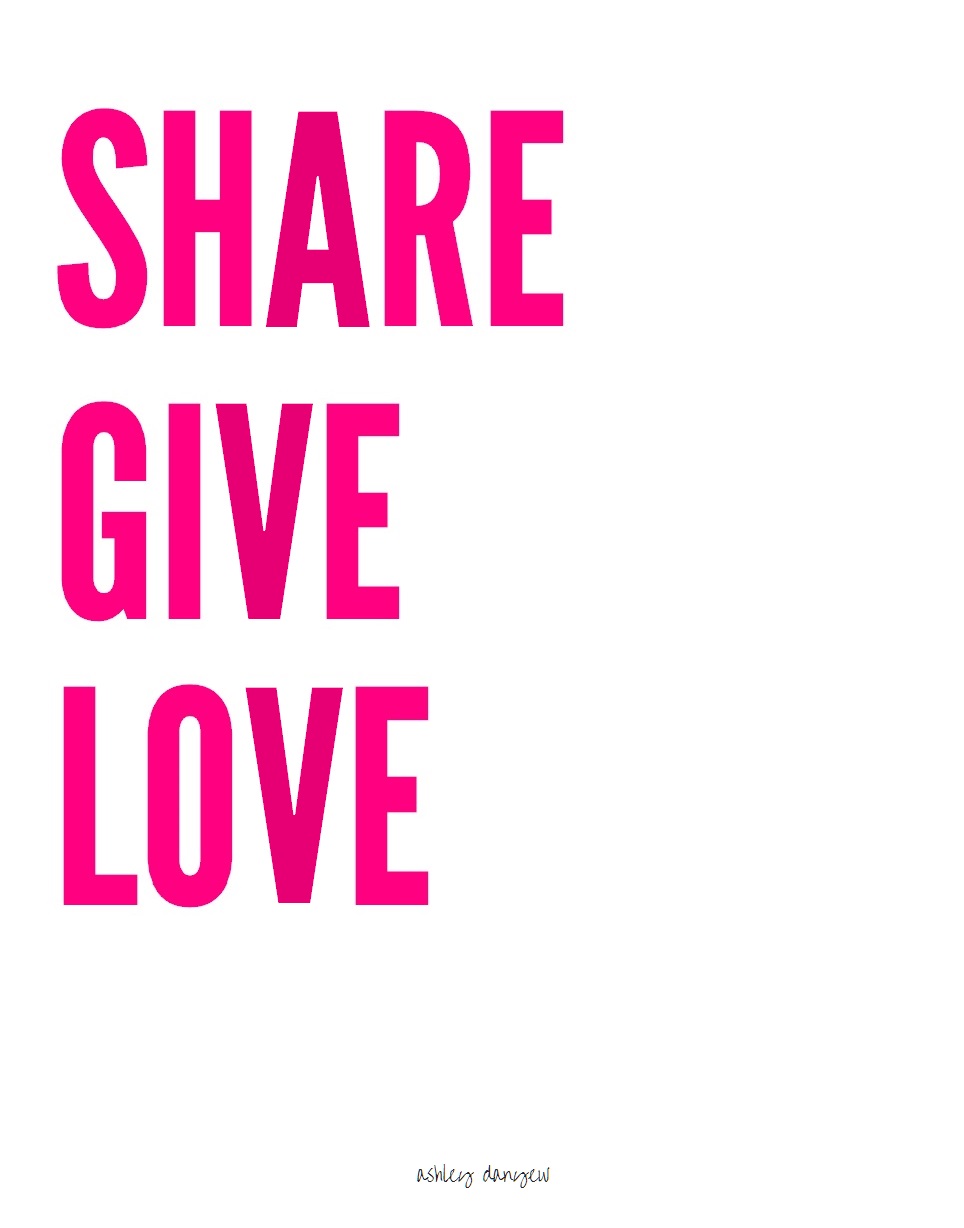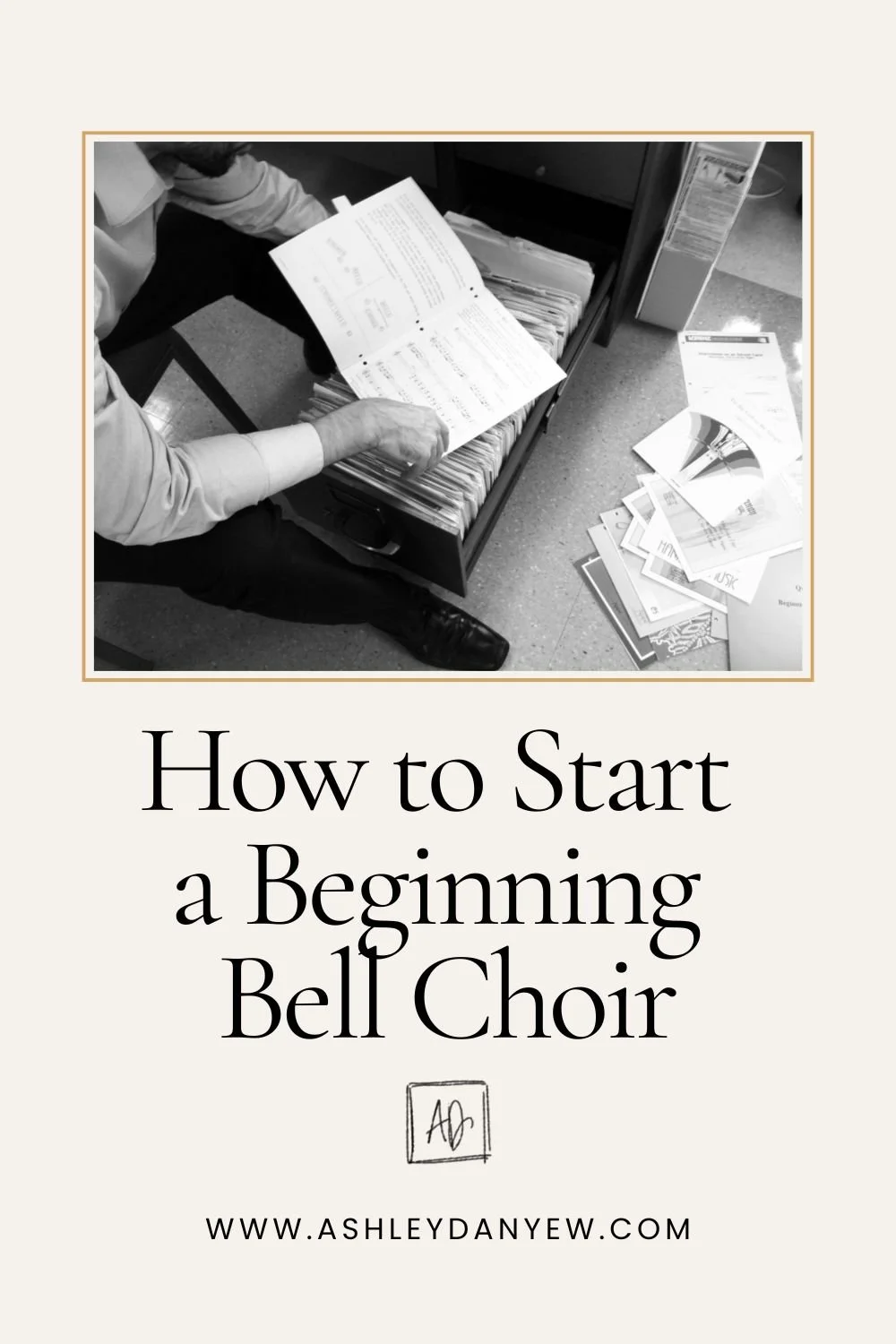 A few weeks ago, I found out that my Grampy needed semi-emergency foot surgery. All went well but he has a long road of recovery in rehab ahead of him (prayers appreciated!). SD and I had already planned to visit my grandparents in NJ over the Thanksgiving holiday (and surprise them with a short holiday-themed saxophone/piano concert) but given the recent events, we ended up with the opportunity to spend part of the day visiting with them in the rehab facility... and we brought our music with us.
A few weeks ago, I found out that my Grampy needed semi-emergency foot surgery. All went well but he has a long road of recovery in rehab ahead of him (prayers appreciated!). SD and I had already planned to visit my grandparents in NJ over the Thanksgiving holiday (and surprise them with a short holiday-themed saxophone/piano concert) but given the recent events, we ended up with the opportunity to spend part of the day visiting with them in the rehab facility... and we brought our music with us.
Love is something we do, something we show with our actions, not just our words. Love does things.
The facility was thrilled to feature us as "special guests" and at 2:00 p.m., they wheeled residents from multiple floors into the Dining Room to hear us play. We had a 30-minute program prepared - a mix of art song transcriptions, holiday classics, and more modern reflections on the season. I thought some of the residents might know some of the things on our list so we encouraged them to sing along! And they did. Melt my heart.

For those of you who are interested, here is a list of what we played:
Danyew 2013 Holiday Program
Simple Gifts (arr. Copland)
Dank sei Dir Herr (Ochs)
Ave Maria (Schubert)
Silver Bells (Livingston/Evans)
White Christmas (Berlin)
The Little Drummer Boy (Davis)
Listen to Christmas (Hayes)
The Christmas Song (Chestnuts Roasting) (Tormé/Wells)

This is what it's all about, y'all. Sharing what we have with others. Giving of ourselves, our time, our talents, our resources to others. Loving on others. This is what matters.
Christmas is two weeks away (TWO WEEKS!) and in the spirit of love and giving, I want to challenge you to go and do something this season that shows someone you really love them. Bake cookies for your neighbor. Write a note to a loved one who lives far away. Be a good listener to someone who needs a friend. Dust off the hymnal in the piano bench and gather friends and family together for an evening of singing around the piano. Hug your loved ones a little tighter. Writing this post made me realize that it would be fun if we shared some of the meaningful ways that we are sharing our love and gifts with each other. To help encourage this sharing, I'm hosting a... drumroll...
Holiday Giveaway! Win a set of eight hand-lettered note cards with matching white envelopes for thank yous, love notes, or thinking of yous (two of each design: "love," "joy," "thanks," and "hello" with blank inside).

Enter any (or all!) of the following ways:
1. Leave a comment below with one of your favorite holiday memories or traditions or a way that someone has blessed you this holiday season.
2. Follow me on Instagram, post a photo of your sharing/giving/loving in action, and tag me.
3. Follow me on Twitter, share your story, and tag me.
Giveaway runs from today, December 11, 2013 through December 25, 2013. Winner will be chosen at random and announced here on the blog. Yay!











 A few weeks ago, I found out that my Grampy needed semi-emergency foot surgery. All went well but he has a long road of recovery in rehab ahead of him (prayers appreciated!). SD and I had already planned to visit my grandparents in NJ over the Thanksgiving holiday (and surprise them with a short holiday-themed saxophone/piano concert) but given the recent events, we ended up with the opportunity to spend part of the day visiting with them in the rehab facility... and we brought our music with us.
A few weeks ago, I found out that my Grampy needed semi-emergency foot surgery. All went well but he has a long road of recovery in rehab ahead of him (prayers appreciated!). SD and I had already planned to visit my grandparents in NJ over the Thanksgiving holiday (and surprise them with a short holiday-themed saxophone/piano concert) but given the recent events, we ended up with the opportunity to spend part of the day visiting with them in the rehab facility... and we brought our music with us.





















![Handbell Notation Guide [Infographic]](https://images.squarespace-cdn.com/content/v1/585c710603596e2c47dad93e/1491403915874-P2UH6FM8J1W1HM4UWP17/Handbell+Notation+Guide-02.png)


![The Joy of Children's Handbell Choirs [Video]](https://images.squarespace-cdn.com/content/v1/585c710603596e2c47dad93e/1482458472572-UQOTZ604Q6UKSIBZVYEZ/image-asset.png)










